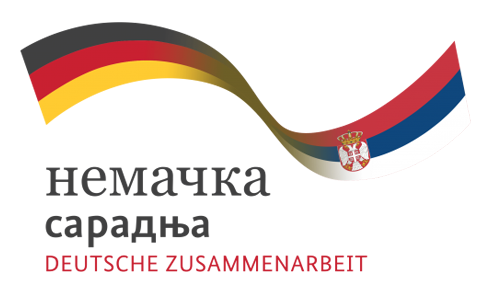Tax incentives for business angels who indirectly invest in startups through AIFs
Last time updated: 06.06.2023.Startups require additional venture capital for their operations, which can come from companies, business angels, or alternative investment funds (AIFs), such as venture capital funds. Within the Serbian tax system, there is a prescribed tax incentive for natural persons, specifically business angels, who make investments in AIFs in the field of annual personal income tax.
What is an alternative investment fund?
An alternative investment fund (AIF) is an investment fund that collects funds from investors with the intention of investing them in accordance with the investment policy for the benefit of the investors.
What is a venture capital fund?
A venture capital fund is a type of alternative investment fund with a private offering that predominantly invests in startups, which are newly established or in the early stages of operation and show significant potential for growth and expansion.
Professional investors such as banks and semi-professional investors can invest in these funds. Semi-professional investors are individuals who commit to investing a minimum of 50,000 euros in an AIF and are assessed to have sufficient experience in the capital market and expertise to understand the investment risks.
What does the tax incentive entail for individuals investing in AIFs?
Natural person, as a business angel, who invests in an AIF is entitled to a tax credit, which means a reduction of the annual personal income tax. The tax credit is limited to a maximum of 50% of the investment made in the calendar year for which the annual personal income tax is determined. The tax credit can not exceed 50% of the assessed tax liability based on the annual personal income tax.
What conditions must a natural person meet?
The natural person must be an annual personal income taxpayer, meaning he or she has earned income greater than three times the average annual salary per employee paid in Serbia for the year for which the tax is determined.
The right to a tax credit can only be claimed based on fully paid monetary contributions used to acquire shares or stocks in an AIF.
How is this incentive used?
The annual personal income tax is calculated and paid through a self-assessment system, starting from the tax calculated for the year 2022 (previously paid based on the tax authority’s decision). The taxpayer is required to submit a tax return by the end of the year for which the annual income tax is determined, and no later than May 15 of the following year. The tax return must be submitted exclusively in electronic form through the Tax Administration portal.
The taxpayer fills out a tax return for the calculated annual personal income tax, Form PP GPDG, where the amount of the tax credit is entered in section 3.18, “Tax Credit.”
The regulations governing this incentive are:
Example:
In the startup ecosystem, there is a startup called “Aurora” founded on January 1, 2022, which is developing software for selling various products. As a potential investor, a business angel named Emma appears. Emma has additional capital and represents an experienced investor with previous investment experience. She decides to invest a portion of her assets in a venture capital fund that further invests in startups. Emma chooses to invest through an Alternative Investment Fund (AIF), which diversifies the investment risk by investing in a portfolio of startups, rather than directly investing in “Aurora.” Emma has invested €50,000 in the venture capital fund, and the fund, in turn, invests a portion of its funds into the “Aurora” startup, which requires financial resources, particularly in its early years of operation. Emma fully paid her investment into the fund in 2022 and acquired shares in the fund.
Since Emma earns a sufficiently high annual income, she is considered a taxpayer of annual personal income tax. By investing in a venture capital fund, Emma is eligible for a tax credit, which means a reduction in the calculated annual personal income tax for the year 2022, up to a maximum of 50% of her investment amount. As the annual tax is self-assessed, Emma is required to complete a tax return using Form PP GPDG, where she enters the amount of the tax credit in section 3.18. She must submit this tax return no later than May 15, 2023. Through this incentive, Emma manages to reduce her annual personal income tax, but the reduction can not exceed 50% of the calculated annual tax amount.

